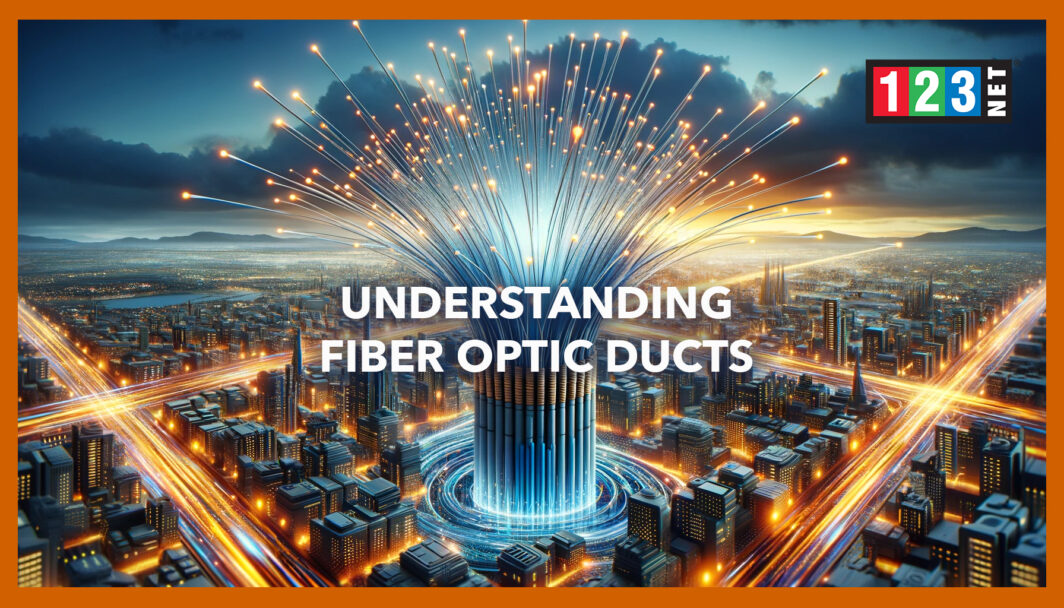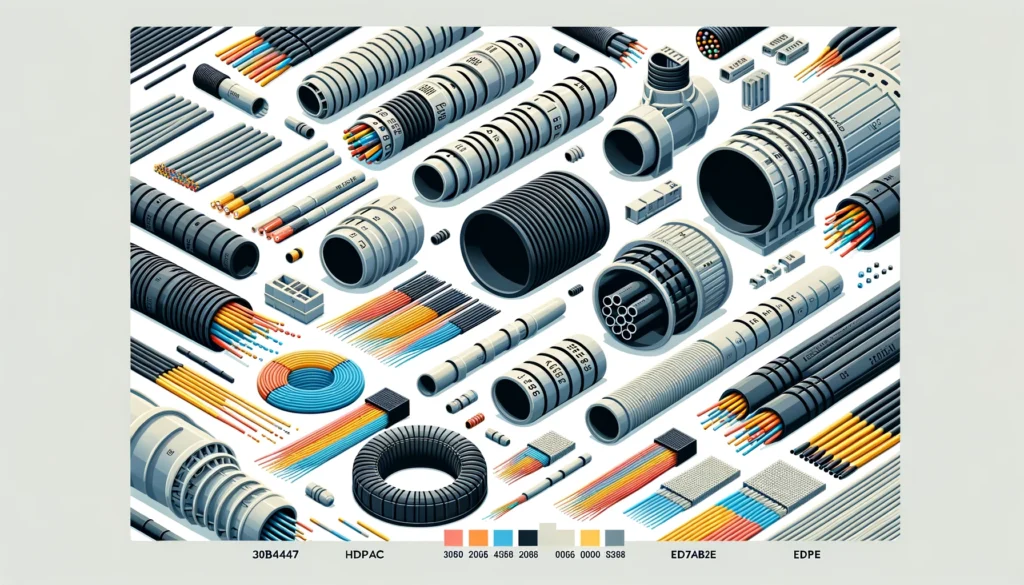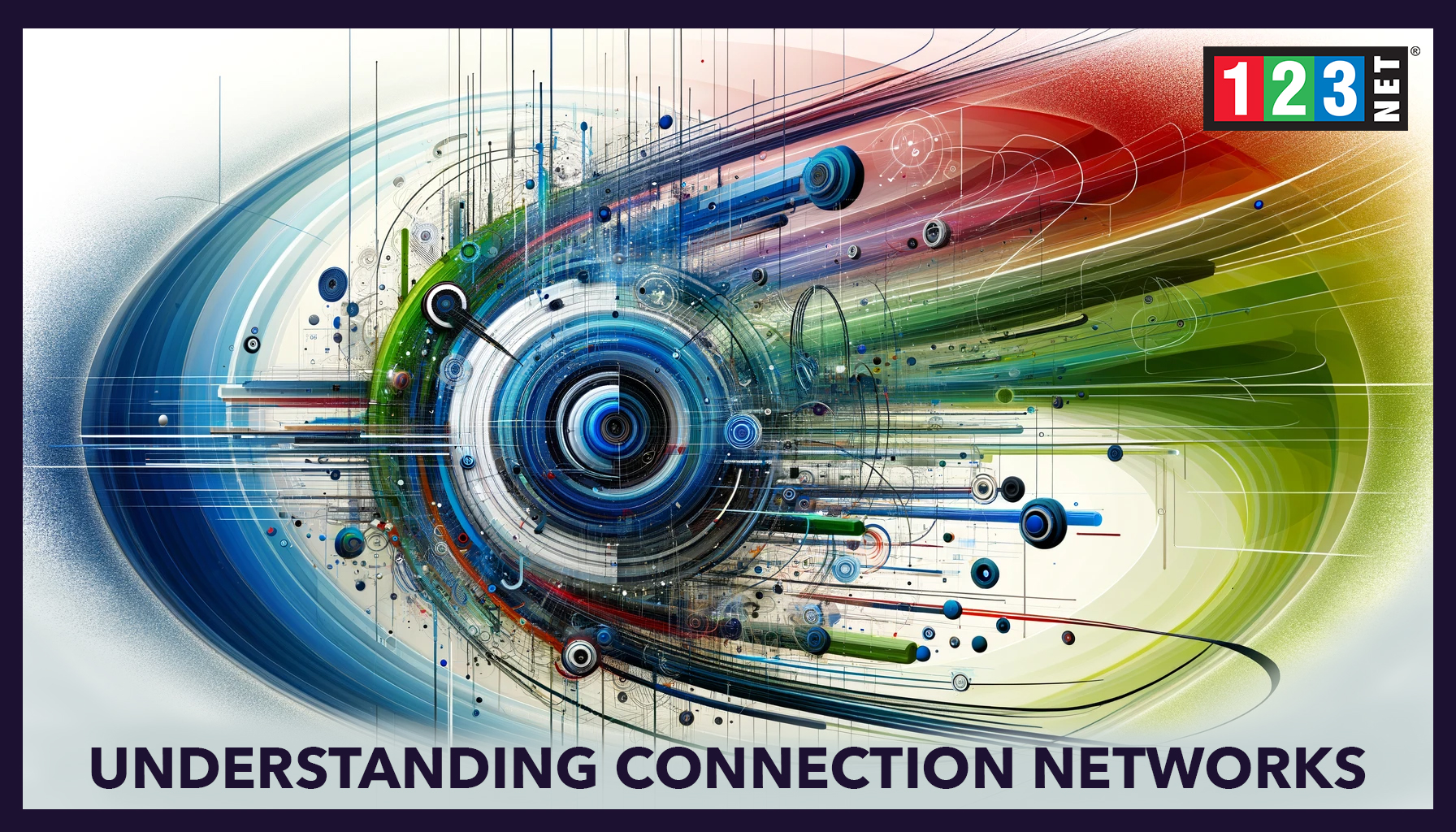
Introduction
The telecommunications sector’s backbone is built on optical fiber infrastructure’s efficiency and reliability. Optical fiber ducts are crucial, acting as protective sheathing for delicate glass or plastic fibers. These ducts protect cables from environmental dangers and allow network upgrades by adding more cables. This piece examines fiber optic ducts, their varieties, installation methods, and the technological progress influencing their development. Optical fibers transmit data at high speeds, making them essential for modern communication. The article highlights the significance of these ducts in ensuring the longevity and performance of fiber optic networks. It also discusses the impact of its technological advancements, emphasizing their role in enhancing connectivity and network resilience.
The Basics of Fiber Optic Ducts
Fiber optic ducts are vital for the protection and organization of fiber optic cables in telecommunications. Available in sizes from 32mm to 100mm, they cater to various network infrastructure needs. Constructed from high-density polyethylene (HDPE), these ducts are durable, flexible, and withstand environmental challenges. This is making them ideal for both underground and aerial fiber optic cable installations.
Choosing the right duct type is crucial, based on installation environment and desired fiber optic bandwidth capacity. The installation process demands meticulous planning and precise execution to minimize disruption and optimize cable protection.
These ducts play a significant role in maintaining the integrity and performance of telecommunications networks. Their design allows for efficient cable management and future network expansions. HDPE’s properties ensure longevity and reliability across diverse conditions, from urban settings to rural landscapes.
The adaptability of fiber optic ducts to different environments and their contribution to network resilience highlight their importance in telecommunications infrastructure. By facilitating secure and organized cable housing, they support the continuous growth and evolution of global communication networks.
Technological advancements have further enhanced the functionality of these ducts, introducing features that improve ease of installation and maintenance. This evolution reflects the dynamic nature of telecommunications. This is emphasizing the need for infrastructure that can accommodate rapid changes and increasing demands.

Market Overview
The fiber optic duct market is experiencing significant growth, driven by the rising need for quicker and more dependable internet services. This surge in demand has propelled innovations in protecting fiber optic cables. Which is leading manufacturers to focus on creating sturdy, easy-to-install duct solutions. Industry leaders like Mulder-Hardenberg and Blue Diamond Industries are pioneering these advancements. By offering diverse products suited for both industrial and commercial uses.
Underground Fiber Optic Ducts
The expansion of this market is also supported by the increasing preference for underground fiber optic cable installations. These installations necessitate specialized ducts capable of enduring the challenges of subsurface conditions. The ducts are essential for providing a protected path for cables, greatly minimizing the risk of damage and enhancing the durability of the optical fiber network.
As the global reliance on high-speed internet continues to climb, the importance of efficient, reliable fiber optic infrastructure becomes more pronounced. This has led to a surge in investments in fiber optic ducts, designed to safeguard these critical communication pathways. The innovation in duct materials and design is aimed at meeting the evolving needs of modern telecommunications systems, ensuring they can handle increasing data volumes and environmental challenges.
Enhanced Connectivity
The growth of the fiber optic duct market is indicative of the broader trends in telecommunications, where the demand for enhanced connectivity and bandwidth is ever-present. Companies within this sector are continuously seeking ways to improve their offerings, making installations more efficient and networks more resilient.
Furthermore, the shift towards more sustainable and resilient telecommunications infrastructure has influenced the development of new duct types. These advancements reflect the industry’s commitment to not only meeting current demands but also anticipating future needs. As such, the fiber optic duct market’s growth is a testament to the ongoing evolution of global communication networks, highlighting the critical role of infrastructure in the digital age.
Installation and Maintenance
Fiber duct installation is a meticulous task requiring precision and expertise. The process begins with trenching for subsurface setups or establishing aerial routes. Next, HDPE ducts are carefully laid out. These ducts are interconnected, and fiber optic cables are threaded through them using specialized tools. After installation, duct integrity testing is essential to verify that the setup adheres to industry norms and is devoid of defects that could impair network efficiency.
Regular inspections are crucial for maintaining fiber optic ducts. These checks help identify and fix potential problems like water ingress or physical harm. Proactive maintenance is key to ensuring network durability, reducing downtime, and prolonging the life of the infrastructure.
The installation and maintenance of fiber ducts are fundamental to achieving a reliable telecommunications network. Precision in laying and connecting ducts protects the fiber optic cables and ensures optimal performance. The use of HDPE material in ducts offers durability against environmental and physical stresses, safeguarding the cables within.
Testing after installation confirms the integrity of the ductwork, ensuring it meets the high standards required for telecommunications infrastructure. This step is vital for preventing issues that could disrupt service or degrade network quality.
Maintenance activities, including inspections and repairs, are necessary to address any damages or vulnerabilities in the duct system promptly. This proactive approach helps maintain continuous, high-quality network service and extends the infrastructure’s operational lifespan.
The rigorous process of fiber duct installation and the ongoing commitment to maintenance underscore the importance of these components in the telecommunications ecosystem. By ensuring the protection and efficiency of fiber optic cables, these practices contribute significantly to the robustness and reliability of global communication networks.
Technological Advancements
The fiber optic duct sector has seen remarkable technological progress, aimed at bolstering network infrastructure. Innovations in HDPE duct materials have resulted in ducts that are not only more durable and flexible but also simpler to install. Furthermore, advancements in duct design, like the integration of microduct systems, enable a higher density of fiber optic cables within a single duct. This innovation maximizes space utilization and enhances the network’s bandwidth capacity.
These technological strides have not only streamlined the process of fiber duct installation but have also opened the door to more advanced network architectures. Consequently, telecommunications operators are now equipped to deliver faster services to consumers, catering to the escalating demand for bandwidth-heavy applications.
Enhanced HDPE ducts offer improved resistance against environmental stressors, ensuring long-term reliability of the infrastructure. The introduction of microduct systems is a game-changer, allowing for efficient upgrades and expansion of network capacity without significant disruptions or the need for additional physical space.
Such technological developments have significantly impacted the telecommunications landscape. They facilitate the deployment of extensive, high-capacity networks capable of supporting the next generation of digital services and applications. As a result, providers can more effectively meet the needs of businesses and consumers alike, who increasingly rely on high-speed internet for a myriad of purposes.
The continuous evolution of the fiber optic duct industry highlighting a commitment to innovation and quality. These advancements not only enhance the physical infrastructure but also play a crucial role in shaping the future of digital connectivity. This is enabling the delivery of more robust, efficient, and scalable network solutions.

Regional Insights
Regional demand for fiber optic ducts is shaped by various factors, including the state of existing network infrastructure, regulatory environments, and technological adoption rates. In North America, the drive towards expansive fiber optic networks has led to increased demand for HDPE ducts. Europe, characterized by its densely populated urban areas and strict environmental regulations, is witnessing a growth in subsurface cabling solutions, which in turn boosts the need for durable duct systems.
The Asia-Pacific region is experiencing rapid growth in the fiber optic duct market, propelled by swift technological progress and the expansion of telecommunications networks. Nations such as China and India are making substantial investments in enhancing network infrastructure. This is significantly contributing to the worldwide demand for fiber optic ducts.
This variation in demand highlights the global telecommunications industry’s dynamic nature and the critical role it has in modern infrastructure. The push for better, faster internet services across North America, the environmental and regulatory considerations driving Europe’s market. Also the rapid technological leapfrogging in Asia-Pacific all underscore the global need for advanced, reliable duct solutions.
Moreover, the focus on upgrading and expanding digital infrastructure globally indicates a continued rise in demand for these essential components. As countries aim to enhance connectivity, improve internet speeds, and support the proliferation of digital technologies. The importance of high-quality fiber optic ducts becomes ever more apparent.
FAQs
- What are the main benefits of using fiber optic ducts? A: Fiber optic ducts offer protection against physical and environmental hazards, ensuring the longevity and reliability of the fiber optic cables they house. They also facilitate future network upgrades by providing a conduit for additional cables.
- How do fiber optic ducts enhance communication systems? A: By safeguarding the cables that transmit data, fiber optic ducts prevent disruptions and maintain the integrity of the communication system. They play a crucial role in ensuring the high-speed transmission of data, which is essential for modern telecommunications.
- Can fiber optic ducts be used in any environmental condition? A: Yes, They are made from HDPE are designed to withstand a wide range of environmental conditions, including extreme temperatures, moisture, and mechanical stress, making them suitable for both underground and aerial installations.
- What are the differences between the types of fiber optic ducts? A: The primary differences lie in their diameter, material composition, and design features, such as flexibility and resistance to environmental factors. The choice of duct depends on the specific requirements of the installation, including the environment and the capacity needed.




